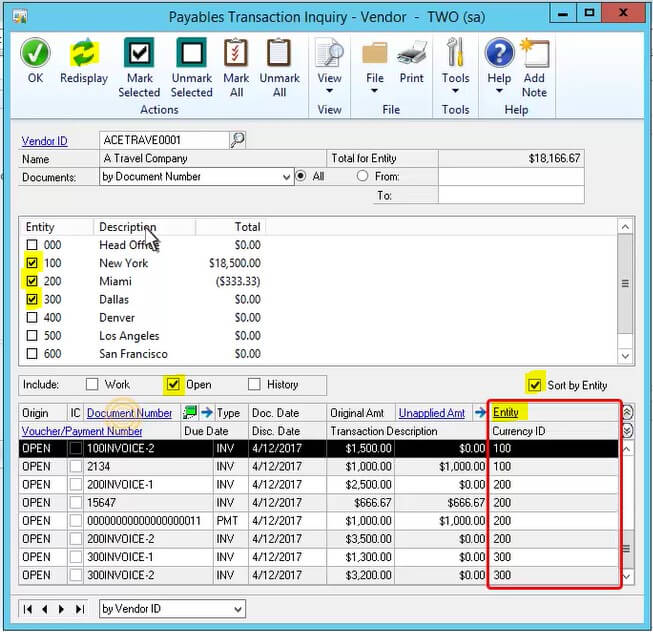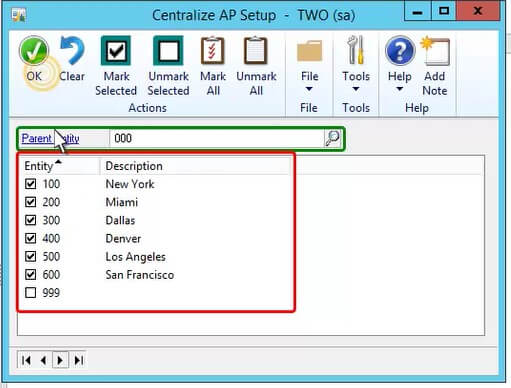Greater Visibility into Your Company’s Performance
Have you ever wondered how your company is performing? Is it hard to tell because you have limited data available to you? This is where a multi-entity management (MEM) solution comes in handy.
With MEM, you get real-time information on your company’s overall health. Specifically, rolled-up consolidated reporting that spans all your Dynamics GP companies. Thus, eliminating the need for time-consuming spreadsheets or an expensive external financial reporting system.
A Multi Entity Management Dynamics GP solution also lets you analyze single or multiple business units and slice and dice information with familiar Microsoft Dynamics GP reports.
Achievement of High Productivity Gains
Have you ever asked yourself why it takes such a long a time to complete simple accounting tasks? Instead, why not streamline intercompany transactions to eliminate redundant time-wasting bottom-line -eating manual tasks. Multi Entity Management software cuts the time needed to close your books from days or weeks to hours. It also streamlines many Microsoft Dynamics GP accounting processes, like Accounts Payable, Accounts Receivable, and Payroll.
Some other useful features a Multi Entity Management solution offers are:
- Shared Master Data Records
- Automated Intercompany transactions Processing
- Centralized Processing
Shared Master Data Records
View transaction records from different business entities all in one window. For example, if you want to see Accounts Payable, all you must do is select the relevant criteria in the Payable Transaction Inquiry window.

Automated Intercompany Processing
Process your Accounts Payable transactions and allocate them to the proper entities. The screenshot below shows the parent “000” entity where A/P transaction is entered.
When you click on the distribution button in the Payables Transaction Entry window, you can distribute an invoice amount to the child entity “100”, “200” etc. Rest assured, when posting these transactions to the General Ledger, your accounts will stay in balance because MEM automatically accounts for due to/due from accounts in each entity.


Centralized Processing


When you click on the “Centralize AP” link to build the centralized batch, the “Edit Payables Check Batch” window will open. Here you can choose the child entities you wish to include in the batch posting.


Or, when you print A/P checks and post them, the General Posting Journal will show a detailed break down of the child and parent entities’ transactions.

As you can see, because it lets you use a single instance of Dynamics GP, a Multi Entity Management solution makes it much easier to handle multiple company entities. Think your company could benefit from multi-entity management? Explore a popular MEM option from Binary Stream.
Not sure if MEM is right for your business or have questions? Leave a comment below or contact us.



